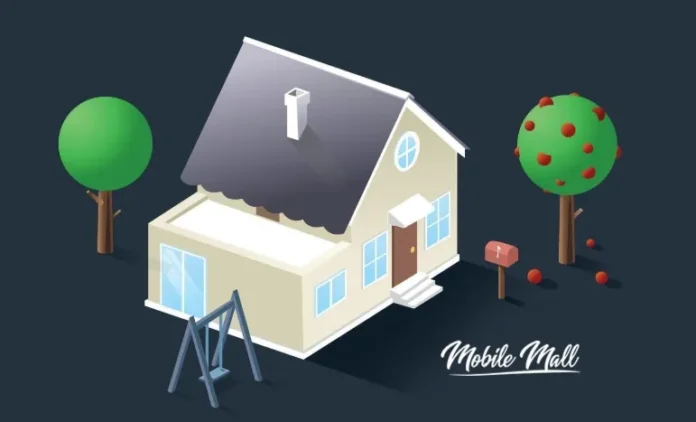In the evolving field of architecture, innovation drives progress. One of the most transformative advancements in recent years is the introduction of 3D rendering services. These services have redefined how architects, developers, and clients visualize and communicate ideas. From creating lifelike depictions of designs to enhancing collaboration, 3D rendering is a cornerstone of modern architecture.
What Are 3D Rendering Services?
3D rendering involves the creation of two-dimensional images or animations from three-dimensional models. Using advanced software and technologies, professionals generate photorealistic representations of architectural designs. These models offer unparalleled precision and detail, helping stakeholders understand the project more effectively.
Key Advantages of 3D Rendering in Architecture
- Enhanced Visualization: 3D rendering transforms abstract concepts into tangible visuals, enabling clear communication of ideas.
- Cost and Time Efficiency: Designers can identify potential issues in the early stages, reducing costly revisions later.
- Improved Client Understanding: Clients can see a realistic preview of their projects, making decision-making more informed.
- Marketing Potential: High-quality renderings are a valuable tool for presentations, proposals, and promotional materials.
Applications of 3D Rendering in Modern Architecture
From residential projects to commercial buildings, 3D rendering services have diverse applications. They are particularly useful in urban planning, interior design, and landscape architecture. By creating realistic models, architects can present their vision in a compelling and detailed manner.
The Evolution of Architectural Visualization
Architectural visualization has come a long way from traditional blueprints. According to a report by Allied Market Research, the global 3D rendering market is projected to reach $9 billion by 2030, growing at a CAGR of 20%. This growth reflects the increasing demand for high-quality visuals in architectural design.
Why 3D Rendering Is Essential Today
In today’s competitive market, standing out is crucial. A famous quote by Frank Lloyd Wright resonates deeply: “An architect’s most useful tools are an eraser at the drafting board and a wrecking bar at the site.” With 3D rendering, designers now have a digital tool that eliminates the need for erasers, allowing for quick and precise adjustments without physical revisions.
Steps to Implement 3D Rendering in Your Projects
- Choose a reliable 3D rendering service provider.
- Share detailed plans, blueprints, and project requirements.
- Collaborate closely during the modeling and rendering process.
- Review the renderings and provide feedback for refinements.
Conclusion
The role of 3D rendering services in modern architecture cannot be overstated. These tools not only bring designs to life but also enhance communication and decision-making across all stakeholders. If you are looking to elevate your architectural projects, discover more details about how 3D rendering can transform your workflow.
With the power of 3D rendering, architects are no longer limited to sketches and blueprints. Instead, they can present their vision in a way that resonates with clients, investors, and the public. Embracing this technology is not just an option but a necessity in today’s architectural landscape.Copy textCopy HTMLRejectDone
